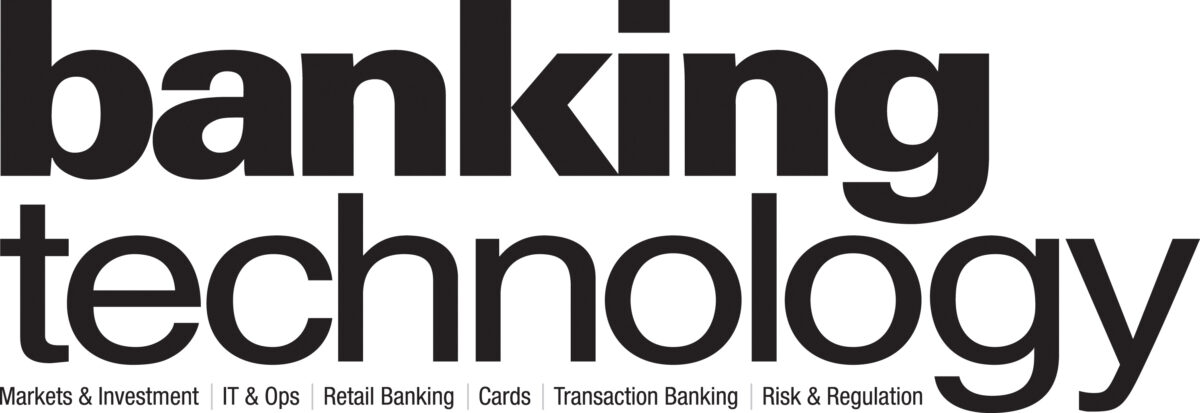
THE DIGITAL BANKINGTHE DIGITAL BANKING
0 Comments 11:32 pm
The current regulatory framework outlines a broad range of requirements and expectations that apply to banking activities more generally, including technological innovation. It is also important to recognize the significant, ongoing progress made by the banking sector following the financial crisis — banks are now safer and sounder, the financial system is more stable and consumers are better protected. Moreover, policymakers and regulators continue to actively monitor developments within the banking sector so that emerging, potential risks are appropriately addressed.
To maintain the progress achieved to date, policymakers and regulators need to confirm that key players within the broader financial services ecosystem operate in a safe and sound fashion and comply with consumer protection, AML/KYC and other applicable requirements — particularly if they engage in bank-like activities (e.g., payments, lending). Additionally, as new technologies continue to emerge and mature, further clarifications to the existing regulatory framework may be warranted to enable implementation of more nascent innovations in a timely, safe and efficient manner.
Further, policymakers, regulators and industry should expand their outreach and enhance coordination with one another both domestically and internationally, not only to keep abreast of technological developments, but also to provide industry with a clear
and consistent message concerning requirements and expectations. This will provide industry with the additional clarity and confidence needed to move forward
on investments in emerging — and potentially much more transformative
and beneficial — technologies that are consistent with regulatory objectives.
Technological innovations driving change
Banks are undergoing a fundamental transformation resulting from a range of technological innovations. Six technologies are currently most prominent in financial innovation: cloud computing, big data and analytics, artificial intelligence (AI)/machine learning (ML), robotic process automation (RPA), distributed ledger technology (DLT) and the Internet of Things. These technologies are at different stages of maturity, and some have the potential to significantly change the industry in the coming years.
Historically, the banking industry has evolved both alongside and as the result of broader political, economic, legal/regulatory, social and technological forces. While the recent financial crisis and resulting regulatory reforms continue to play an important role in reshaping the structure and operating models of banks and markets more broadly, technology-driven innovation will lead to much broader, deeper and more rapid transformations in future years.
Technology-driven innovation is compelling change within the banking industry both internally (i.e., bank-specific) and externally (i.e., industry-specific).
To respond to changing customer expectations and new technological innovations, banks began with a focus on digital experience capabilities, including web, mobile and social. As digital capabilities mature, new technologies emerge and customer expectations continue to evolve, banks are extending their transformation efforts from digitizing narrowly targeted functions to the broader digitization of the enterprise. These changes are resulting in expanded financial inclusion, improved internal operations and transformations to the banking value chain.
As noted, banks initially focused on adopting individual technologies to drive change within narrow and specifically targeted functions (e.g., implementing RPA to automate documentation processes to improve the speed and accuracy of regulatory reporting). However, as technologies continue to evolve and become increasingly interoperable, banks are integrating multiple innovations to precipitate enterprise-wide transformation or digitization. This includes overhauling some of the banking industries most challenging and resource-intensive processes. For example, RPA and analytics are being used to streamline anti-money laundering/know your customer (AML/KYC) functions and to integrate them more effectively within the broader risk management framework.